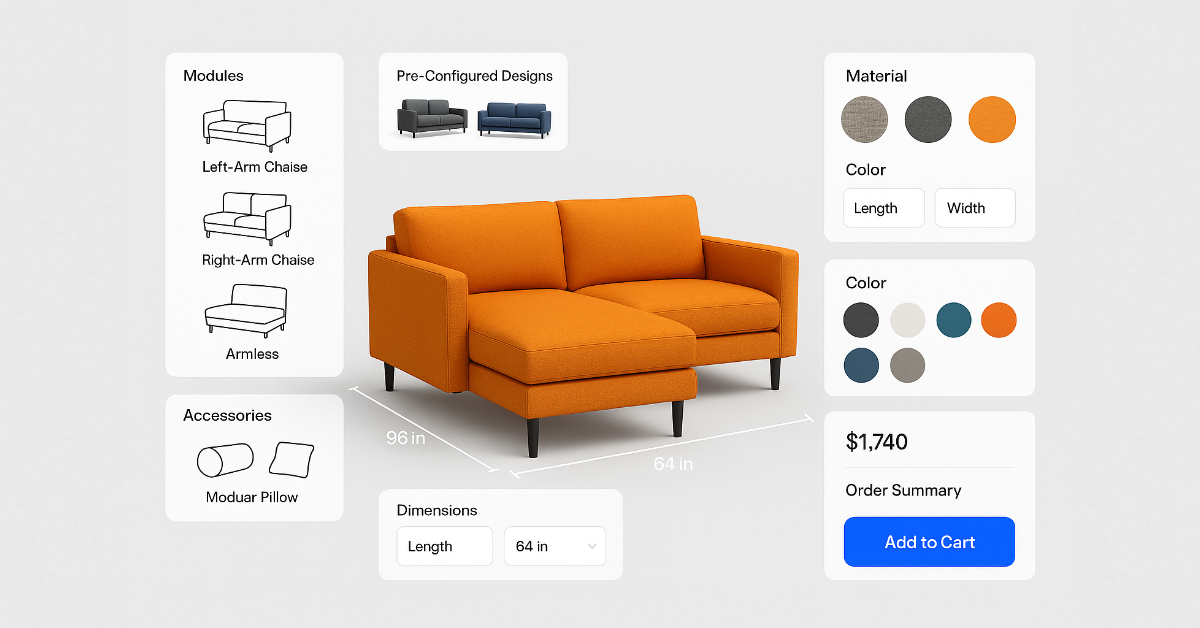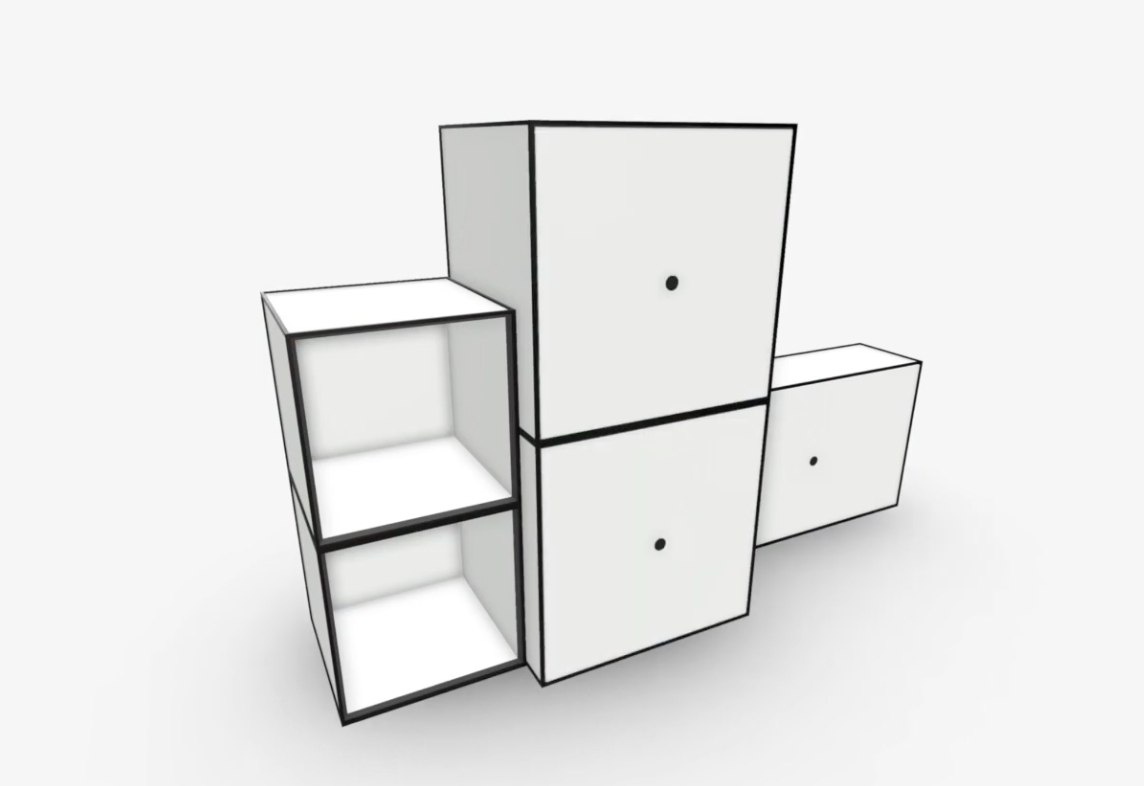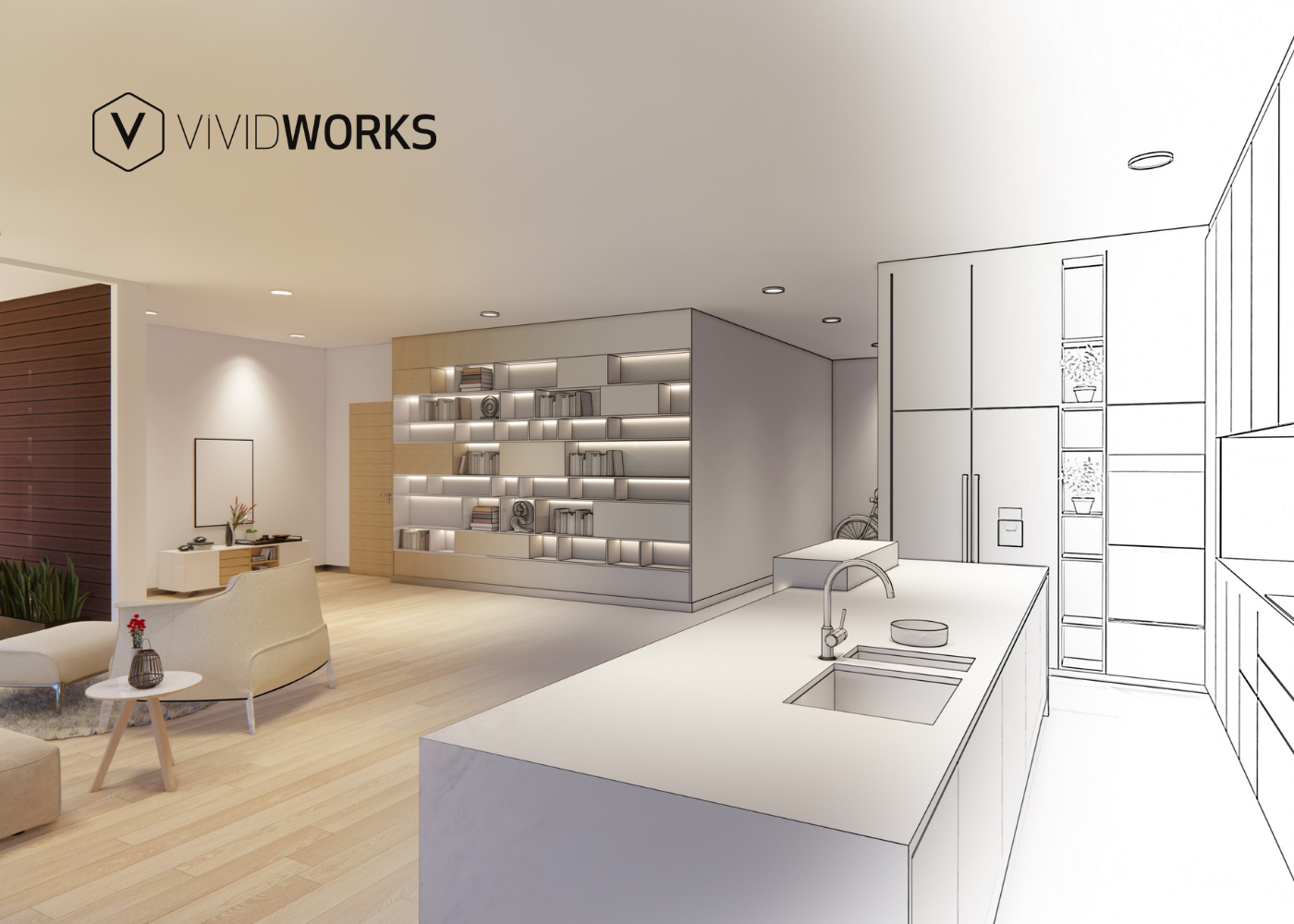3D modeling in product design has evolved from an artistic process into a powerful driver of business growth. It turns initial concepts into realistic, interactive prototypes, enabling your teams to refine ideas faster, communicate more clearly, and avoid errors. Moreover, a new wave of innovation - driven by AI, automation, and VR/AR integration— is transforming how companies conceptualize and implement 3D product modeling.
This guide will explain the core principles, key benefits, essential tools and services, and roadblocks of using 3D modeling to transform your product design and sales processes.
Right now, keep scrolling to discover more!
What is 3D Modeling in Product Design?
3D modeling in product design is the process of creating a digital, three-dimensional product representation. It often involves building a precise, functional, and interactive virtual prototype that can be tested, modified, and displayed without physical production.
You can find the application of 3D product models across numerous industries, such as:
- Retail & eCommerce: Creating interactive product visuals and virtual try-ons.
- Manufacturing: Designing and testing parts, assemblies, and entire products.
- Furniture: Configuring and visualizing custom pieces in a real-world setting.
- Automatives: Enhancing safety testing and design.
- Architecture & Construction: Building virtual walkthroughs of spaces.
- Gaming & Entertainment: Developing characters, environments, and assets.
- Fashion & Consumer Goods: Enabling digital prototyping for apparel.

In fact, 3D product modeling is the foundation for deploying powerful 3D design software, such as 3D product rendering tools, 3D configurators, and 3D product viewers. They rely on accurate digital models to let customers interact with products in real time, customizing, rotating, and even visualizing them in the virtual or real-world environment.
Traditional design vs. 3D modeling workflows
The difference between a traditional workflow and one that uses 3D modeling is stark. Traditional methods often rely on static photography, physical prototypes, 2D blueprints, and sketches, making the process slow, expensive, and prone to mistakes. By contrast, 3D modeling in product design supports digital iterations, remote collaboration, and instant product visualization to deliver users more agility and a higher level of accuracy.
What Are 3D Product Model Types?
Digital product development with 3D modeling is not truly a one-size-fits-all process. Let’s take a look at the five most common methods so that you can choose the best fit.
1. Primitive modeling
This is the most basic type of 3D modeling in product design. It uses geometric shapes such as cubes, cylinders, and spheres as the building blocks to simplify model creation. It’s ideal for rapid, early-stage concepts and simple designs where speed is the priority.
2. Polygonal modeling
One of the most common techniques for 3D modeling is creating a mesh of polygons (often triangles or quads) to present an object's complex surfaces. Designers can use it to offer intricate curves, decorative elements, and smooth transitions for custom furniture. Also, for modular products like sectionals or shelving units, polygonal modeling is used to create the individual components that will be combined later for the finalized design.

3. NURBS (Non-Uniform Rational B-Splines) modeling
NURBS uses mathematical curves to create a smooth and precise surface for a product. It is the standard for industries such as automotive, aerospace, and industrial design, where accuracy and fluid lines especially play a crucial role in the finalized performance.
4. Solid modeling
This 3D modeling type focuses on creating a model as a solid object, not just a surface. In other words, it’s perfect for ensuring different parts fit together perfectly in assembled products such as cabinets, modular kitchen systems, shelves, desks, and retail displays.
5. Wireframe modeling
The final one represents a model as a skeleton of vertices and edges. While it seems complex to start and work with, it allows for highly detailed shape and size manipulation, which makes it a top-of-mind choice for many intricate industrial 3D modeling projects.
From Design to Sales: The Value of 3D Modeling Services
Enhanced Product Design and Development
3D modeling in product design enables more accurate virtual product development by allowing for refining and testing ideas in a digital space before committing to production.
Designers can simulate key aspects such as dimensions, materials, and ergonomics in detail, ensuring the finalized products are both functional and visually appealing. Consequently, this process not only eliminates ambiguity but also reduces costly design errors, creating strong alignment among designers, engineers, marketers, and clients.
Faster Processing and Cost Efficiency
Traditional process is time-consuming and expensive due to multiple physical iterations. A streamlined 3D modeling workflow can reduce turnaround times from weeks to days by testing variations virtually and instantly. That’s why many companies now choose to outsource 3D modeling to scale design work without overburdening their internal teams.
The result? Faster iterations, lower costs, and designs that reach the market more quickly.
Sales Improvement With 3D Modeling Process
Selling becomes more effective when buyers can see what they’re purchasing in 3D. That’s also what the following innovations of 3D modeling in product design can perform:
3D product configuration platforms:
Buyers can configure colors, sizes, finishes, dimensions, layouts, modules, and add-ons for their desired products and then explore their changes from every angle in real time. This reduces back-and-forth communication and confusion and increases conversions.
Advanced 3D configurators like VividWorks are also built with Augmented Reality (AR) to offer customers a true-to-life journey of visualizing items in their real-world environment. As a result, brands can engage customers, foster their satisfaction, and bring them back. Moreover, these configurators are designed to integrate with eCommerce platforms like Shopify, Magento, and WooCommerce, ERP, and CRM systems to ensure a smooth flow.
Photorealistic 3D rendering tools:
These tools enable your sales teams to present visuals that look indistinguishable from professional photography. Unlike static catalogs, 3D rendering can showcase items in multiple settings and variations without costly photoshoots. This helps businesses deliver premium-quality visuals across presentations, websites, and digital campaigns at scale.
3D product viewers:
3D viewers are robust product visualization software, giving customers the power to spin, zoom, and explore product variants in full 3D. Thus, instead of relying on imagination, customers can experience the product’s details as if it were physically in front of them. This true-to-life review reduces hesitation, lowers return rates, and improves sales.
The applications of 3D modeling are highly diverse, and they are not only to these. However, the final goal is not only to support product designers but also to leverage the sales cycle -it used to take a lot of time to complete because of lengthy, manual phases.
Marketing Impact and Customer Service Efficiency
Many 3D assets can be reused across digital ads, eCommerce stores, and social media. This further ensures consistency and faster time-to-market for marketing campaigns. More importantly, interactive 3D experiences invite customers to engage directly with products, boosting trust and conversion rates, as well as building long-term relationships.
On the other hand, engineers, marketers, and sales teams can all work from the same digital model. This improves communication, speeds up approvals, minimizes mistakes, and especially ensures customer expectations are met at every stage of their journey.
How To Get Well-Performing 3D Models
To achieve the best results with 3D modeling in product design, you need the right resources. The right choice depends on the industry, workflows, and the desired outcome. Below are the 3 services and tools that you can consider for creating models:
- CAD tools
CAD tools are designed for technical precision and help create complex assemblies, simulate performance, and ensure every detail is production-ready. That’s why they have been a go-to solution for engineering-driven fields, like manufacturing and automotive.
In fact, once CAD files are available for input, developers often optimize them to build a 3D product configuration, rendering, or viewing software without starting from scratch. As a result, businesses can save a lot of time and have more control over their custom CADs.
- AI-powered design software
The emergence of AI is simplifying many aspects of the 3D product modeling process. These AI platforms enable generative design, automated optimization, and cloud-based collaboration. In other words, AI helps reduce repetitive tasks and speeds up iterations.
- Third-party services
For many businesses, particularly those with a large product catalog or complex, highly modular products, leveraging the role of custom 3D modeling services is more effective. They have the skills and resources available to offer high-quality 3D models at scale, optimized for various applications like 3D viewers and configurators, and diverse sectors.
4 Common Roadblocks in 3D Modeling
While the benefits are clear, some common misconceptions can hinder the success of adopting 3D modeling in product design. Let’s examine some to have a better roadmap.
- Misconception: “CAD Files Are Enough”
Many manufacturers have CAD files for engineering, but these are often not optimized for marketing and sales. They are too complex and need to be professionally refined for web applications. Take a look at the guidelines for 3D models to see how VividWorks optimizes and uses the files in building 3D configuration software for modular products.
- 3D Models Don’t Scale for Sales Teams
A single 3D model is of limited use to a sales team trying to sell and showcase a product with thousands of variations and combinations. You can utilize 3D models to implement a well-performing 3D product configurator that allows customers to explore all available customization options and build their perfect products that firmly match their demands.
On the other hand, the user-friendly interface of 3D configurators empowers customers to configure their desired products independently without the need for your salespeople. As a result, both sales teams and customers save time from back-and-forth exchanges.
- Myth: 3D Modeling Is Only for Big Brands
Thanks to more accessible software and the rise of custom 3D modeling services at affordable prices, 3D modeling is no longer just for global corporations. Many startups and small brands can use 3D modeling applications to compete on a level playing field.
- Mistake: Not Thinking Long-Term
The true power of 3D modeling in product design comes from planning and operating a long-term strategy for your own business, where a single model can be a reusable asset for design iterations, sales demonstrations, and marketing materials for years to come.
Despite that, remember to look at the 3D modeling trends in 2025. These can include 3D modeling for setting up 3D configurators, AI-assisted modeling, real-time product rendering, VR/AR collaboration, digital twin technology, and even sustainability-focused 3D design. These are important for capturing your customers’ attention in the early days.
Conclusion
3D modeling in product design has become an essential standard in improving customer experience, speeding up the sales process, and helping brands gain a competitive edge. It is here to stay, so if you have not already, let’s consider implementing it strategically.
At VividWorks, we can build 3D product configurators, 3D customizers, and 3D viewers using different formats of 3D models (e.g., GLTF) provided by customers. If you provide us with CAD files, we will optimize them to ensure smooth and realistic visualizations. Also, VividWorks can help create 3D models for customers if they don’t have any 3D one. Refer to our 3D models guide and FAQs to clarify how VividWorks supports 3D modeling.
Our team of industry experts can help create the most difficult concepts, like furniture or modular retail displays, and we are ready to offer you support throughout the process. Talk to us for a demo or to schedule a quick consultation meeting with VividWorks today!
FAQs: About 3D Modeling in Product Design & Sales
- What are the applications of 3D modeling in product design?
3D modeling is often used for concept ideation, virtual product development, design validation, manufacturing optimization, and creating marketing and sales visualizations. It is also the base of 3D software like 3D rendering tools, 3D configurators, and 3D viewers.
- What are the different types of 3D modeling?
Primitive, polygonal, NURBS, solid, and wireframe modeling are the most widely used types of 3D modeling. You can consider using them to leverage diverse product designs.
- What software tools are commonly used in 3D modeling?
CAD tools, such as AutoCAD, Fusion 360, and SOLIDWORKS, are the most popular professional 3D modeling software. However, for complex 3D models, 3D modeling design services with experienced experts are especially essential.
- What are the implementation costs and time for 3D modeling?
The implementation costs and time for 3D modeling depend on the model’s complexity, purpose, and the provider’s service. Simple, low-poly models can cost $50–$2,000+ and take 5–80 hours to complete, while highly detailed models may require several weeks. More advanced projects, like 3D configurators, can cost between $5,000–$50,000+ and take 1–3 months, including model optimization and system integration.
Table of Content
-3.avif)
Streamline your process today!






